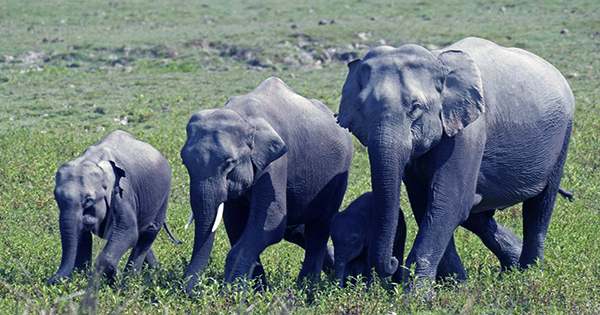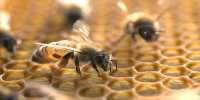Ask anyone to impress an elephant, and they will all probably do the same thing: keep their arms like their trunks and make loud horn sounds. Elephants are famously loud and low-lying – sometimes so low that people can’t even hear them – and this refers to an animal that can weigh that ton. It wouldn’t feel right if an elephant was talking on a human pitch – or worse, yelling. No, the Sycamore is the strict circumference of the “natural enemy” of the mouse’s hand, not the royal elephant, isn’t it?
Well, according to new research published in BMC Biology, we are going to reconsider our ideas about elephant deafness. Elephants hold on – and, until recently, it didn’t make sense. “The new rule generally applies to noise production in mammals,” explained a statement from the research team behind the new pachydermal paper. “Continuously,” it continues, “setting a higher limit of the basic frequencies that can reach vocal fold sizes.”

In other words: elephants should be loud enough to make louder noises. And yet, on paper notes, Asian elephants are overwhelmed when they are scared – and we literally mean “shrunk,” since giant mammals can reach up to 2,300 hertz. So basically, the question is: what? Scientists know that elephants have been roaring and howling for ages, but how these sounds were made was rather mysterious. The two most likely hypotheses are that elephants, such as microbats or koalas, had some specially developed vocal fold tissue that enabled them to make strange (for an elephant) sounds, or that they were forcing air through some small cells to make a sound. A process you know as “whistling”.
So the team set up a study – and a great cool study in it. They photographed the elephants using an “acoustic camera” that visualizes sound with the help of color – imagining a thermal image camera but instead of heat you are looking at sound waves. As a result, by watching the videos, the researchers were able to see where the sound was coming from. “Our results strongly indicate that Asian elephants induce a comfortable lip vibration and push air through the small mouth cavity through tight lips.”













